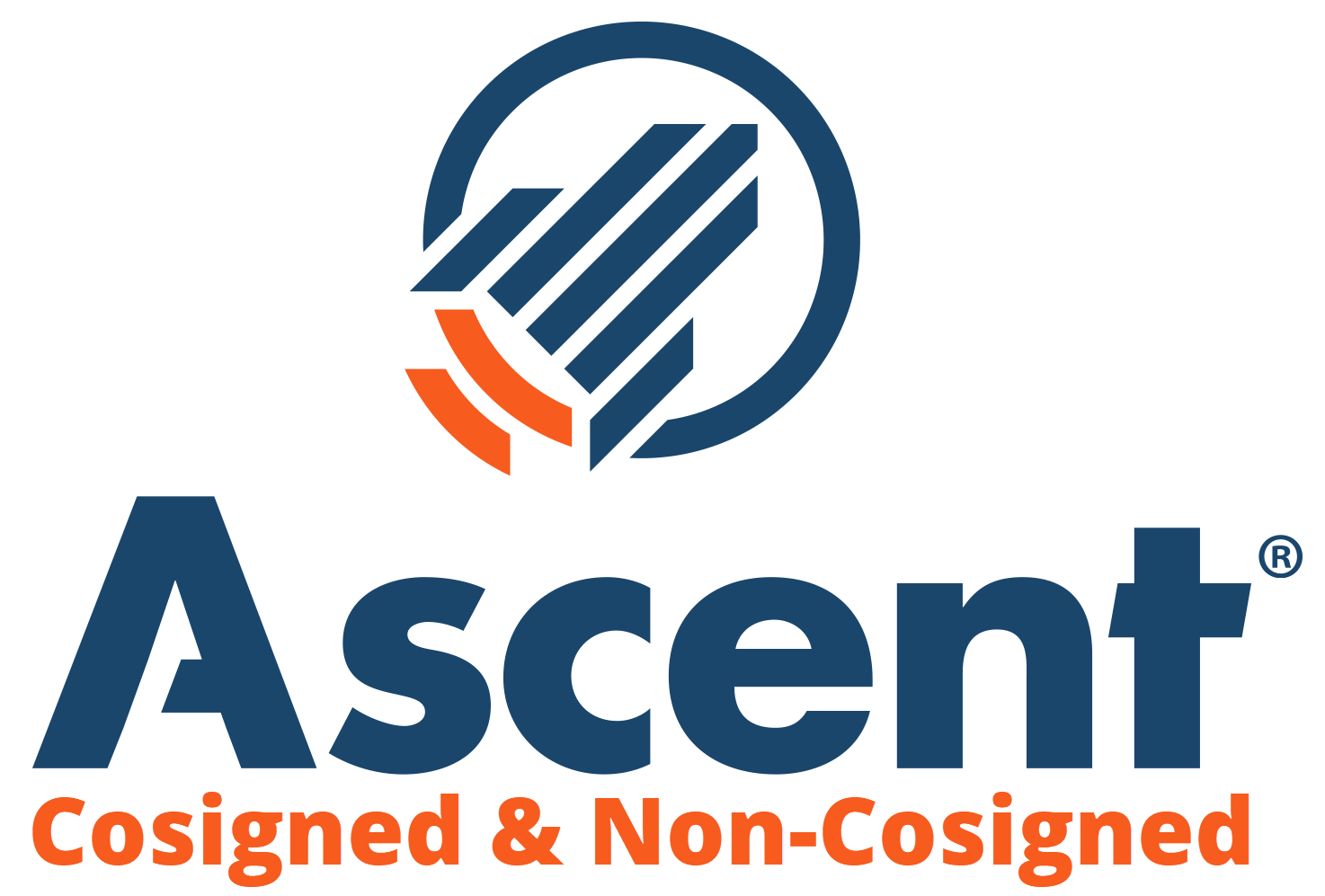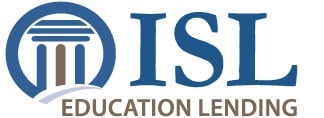When it comes to college, nearly the first topic of every conversation is finance. The cost of college has increased dramatically over the years, and it’s all anyone ever seems to talk about. But there’s an important conversation that is apparently not happening: the availability of and applying for financial aid.
The Shocking Stats
The National College Access Network (NCAN) recently released an alarming study about college-bound students’ awareness of financial aid opportunities. Within their post, they reference other findings and statistics about higher education and financial aid. The Department of Education found that only 45% of high school students completed and filed the FAFSA. Less than half of graduating high school students are applying for federal financial aid. Yikes.
In 2011-12, 20% of college students did not apply for any sort of financial aid. Of that demographic, 44% of them reported that they thought they were ineligible for aid.
With these facts in mind, NCAN launched a study of their own to explore the reasons why students and families weren’t taking advantage of financial aid opportunities that can make college more affordable. They surveyed 150 low-income students who were college-bound or college-hopeful, half of whom had not applied for aid. Through their study, NCAN made a shocking and somewhat off-putting discovery:
“More than half of non-applicants say they ‘don’t know anything about financial aid’.”
Lack of Awareness
A college degree and education is more important now than it ever has been before—66% of existent jobs require a degree of some kind, and that number is likely to increase in the future. But many feel that college is more like a far-fetched dream than an attainable reality—but if we look at NCAN’s study, the thing holding many students back is lack of awareness about the opportunities and help available to all college-hopeful students.
So let’s start a conversation about financial aid. We’ll start by talking about the different kinds of opportunities available.

The FAFSA
College Raptor has a lot of articles about the FAFSA, such as how does the FAFSA work, how to fill the FAFSA and CSS out, and why EVERYONE should file it. FAFSA stands for Free Application for Federal Student Aid. “Free” is an eye-catching part of that acronym, as it really costs nothing to apply for what really comes down to “free money.” The FAFSA helps students with federal grants and scholarships—financial aid that does not have to be paid back, unlike student loans.
It’s easy to complete the FAFSA, is free, and will help make college more affordable—there is really no reason to not file it. If you don’t think you’ll get any aid from it, think again! And with its new Prior-Prior Year change, you can apply for aid earlier and increase your chances of getting some!
Scholarships and Grants
Scholarships are perhaps the most well-known form of financial aid, but many students don’t think they’ll qualify for them or don’t seek out multiple opportunities. 57% of all financial aid comes in the form of college scholarships and grants—and most of those awards come from the federal government and the schools themselves (40% and 39% respectively).
There are two types of scholarships—need-based and merit-based. Need-based scholarships are awarded to students who are in need of aid in order to pursue higher education and are often calculated by parental income and estimated family contribution (EFC). These awards can be handed out regardless of GPA or test scores.
Merit-based scholarships are awarded on the basis of, well, merit. This can include things like GPA, test scores, class rank, athletic prowess, leadership demonstration, and other things.
Private sources of scholarships can also award funds to certain demographics of students. Depending on the sponsor of the scholarship, it can be anything from intended major to being a member of a national club to contest winners to crazy things like creating a zombie apocalypse survival plan (click here for more unique scholarships).
There are countless opportunities available, and many helpful guides on how to get started in your scholarship search for great scholarship opportunities.
Work-Study
A lesser-known form of aid is the federal work-study program (FWS). Essentially, a student will do some part-time work while attending a college—usually for the school, nonprofits, or public interest companies. Oftentimes the work will be related to the major of the student involved! Their pay can funnel directly into their bank account or towards outstanding fees like tuition or room and board.
Raising Awareness About Applying for Financial Aid
Hearing about large price tags attached to higher education or the rising student loan debt can be discouraging. But there really is hope. College is more affordable than you think, provided you learn about financial aid, make a plan, and stick to it. With some extra research, awareness, and effort, a college education can be made into a reality.
But it starts with you, the reader of this article. Whether you’re a financial expert or newcomer, educate yourself on financial facts and spread the word! Let others know about financial aid opportunities. If more people learn about financial aid and realize that they are eligible, we can lower debt, increase the number of students attending college, and create less of a monetary strain. We can erase the myth that college is so astronomically expensive that it’s “not worth it.”
College Raptor can help. Not only do we have a plethora of helpful articles about financial aid, affordable colleges, scholarships, the cost of college, and more—but College Raptor’s free match tool can give you a personalized price estimate for nearly every college in the country. Sign up and start saving—it’s free!
| Lender | Rates (APR) | Eligibility | |
|---|---|---|---|
 |
5.19% - 15.81%* Variable
3.99%-15.61%* Fixed |
Undergraduate and Graduate |
VISIT CITIZENS |
 |
4.79% - 14.96% Variable
3.49% - 15.49% Fixed |
Undergraduate and Graduate |
VISIT SALLIE MAE |
 |
4.38% - 17.99% Variable
3.39% - 17.99% Fixed |
Undergraduate and Graduate |
VISIT CREDIBLE |
 |
5.34% - 13.19% Variable
3.48% - 12.61% Fixed |
Undergraduate and Graduate |
VISIT LENDKEY |
 |
5.25% - 14.26% Variable
3.39% - 14.16% Fixed |
Undergraduate and Graduate |
VISIT ASCENT |
 |
3.70% - 8.75% Fixed |
Undergraduate and Graduate |
VISIT ISL |
 |
4.99% - 16.85% Variable
3.47% - 16.49% Fixed |
Undergraduate and Graduate |
VISIT EARNEST |
 |
5.00% - 13.97% Variable
3.69% - 14.22% Fixed |
Undergraduate and Graduate |
VISIT ELFI |






